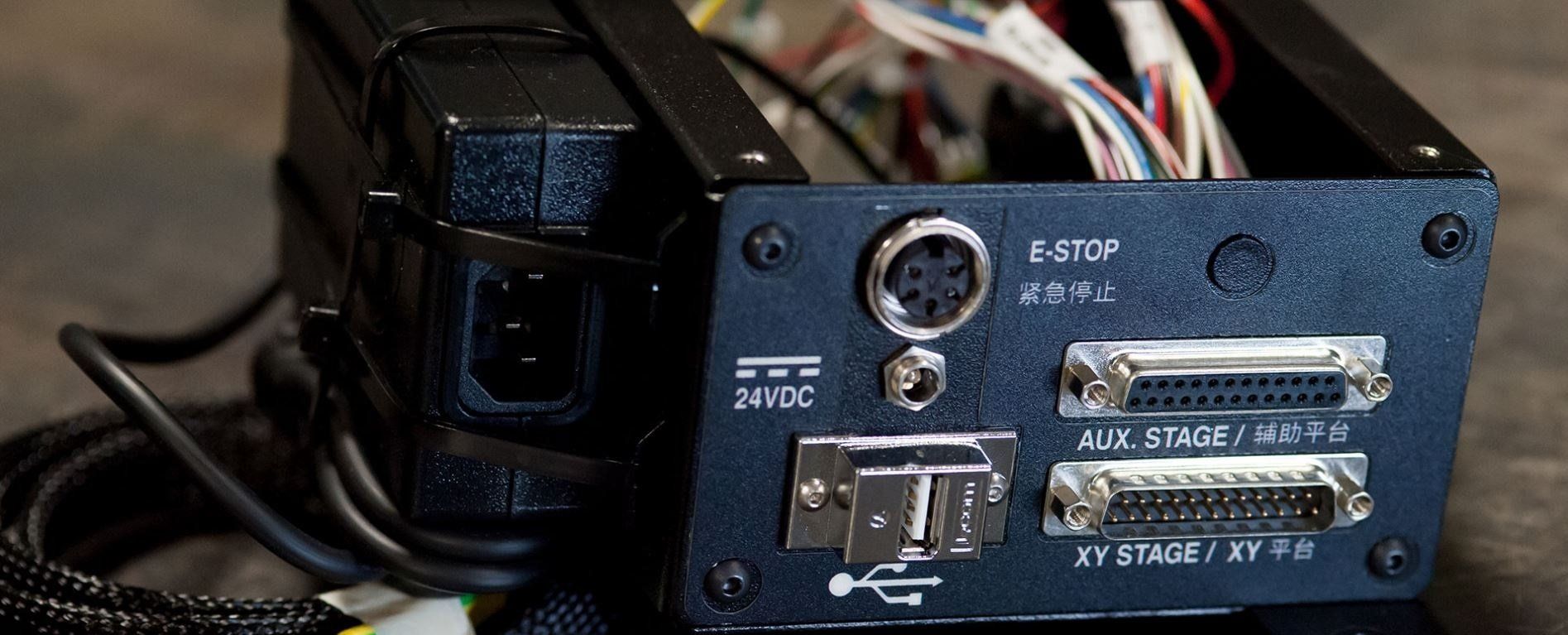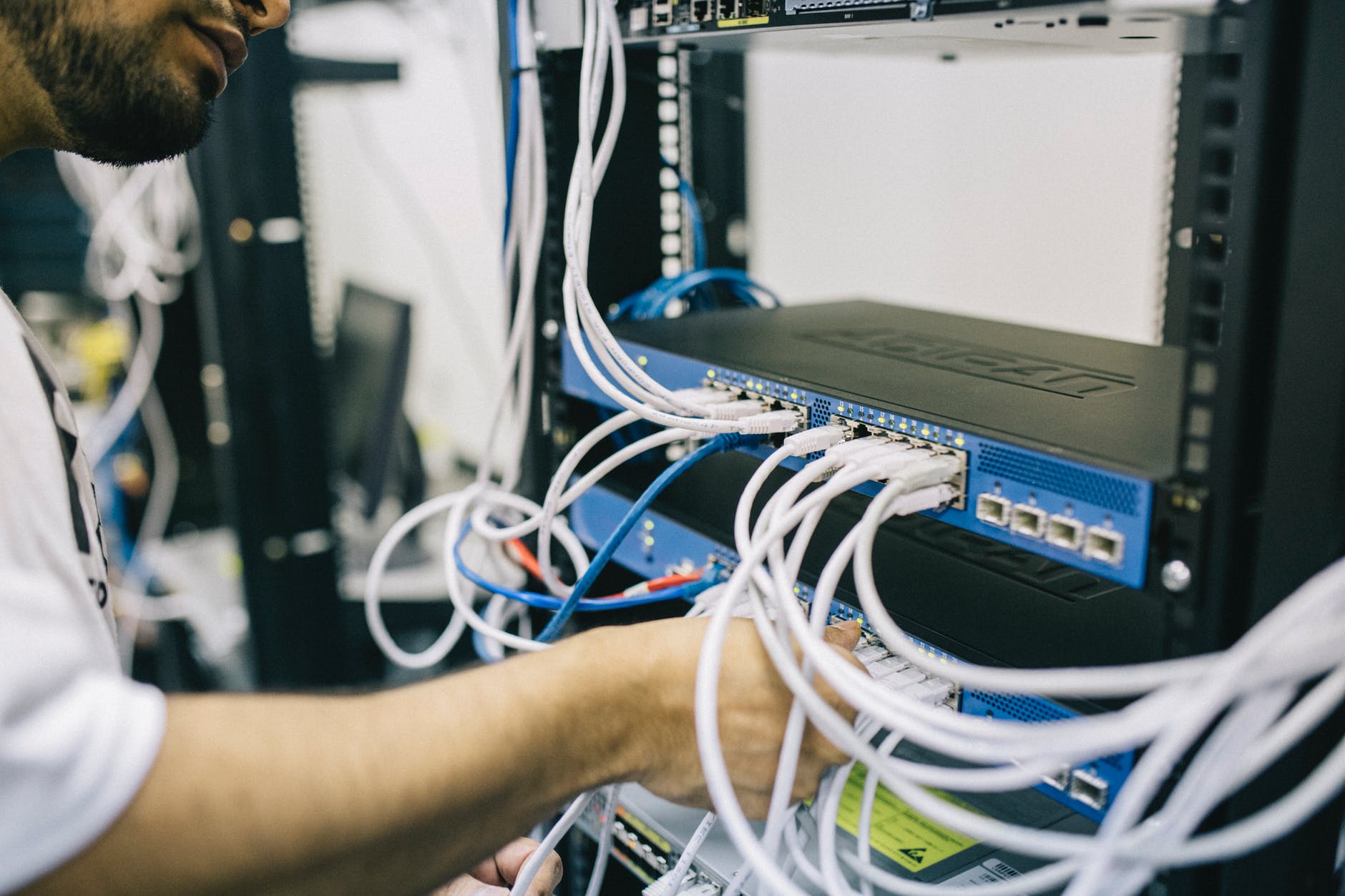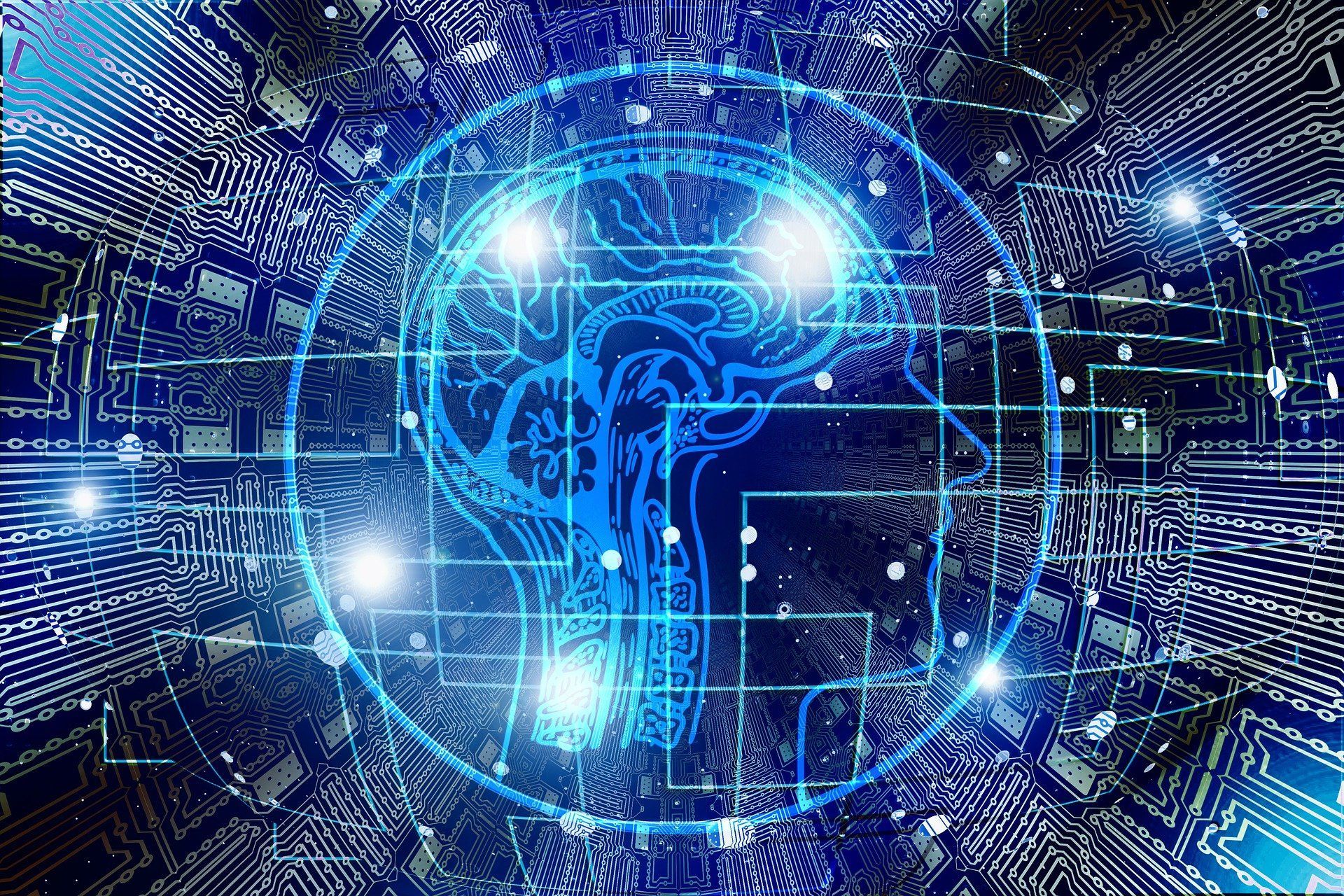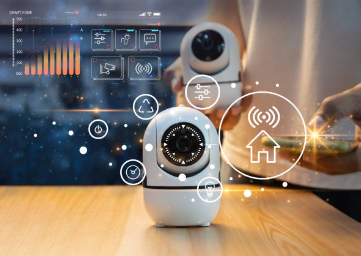
Slide title
Write your caption hereButton
Slide title
Write your caption hereButton
Slide title
Write your caption hereButton
Slide title
Write your caption hereButton
Slide title
Write your caption hereButton
Top New Technology Trends In 2023
Technology is a vastly evolving field. Each day new and new discoveries are being made, even minute details are added to an existing product to make it more efficient and price worthy. Knowing the trends beforehand helps to keep up with the changes and invest in the right ones. Let's see what are the new technology trends in 2023
5G- The next technology after IoT that’s set to revolutionize the digital world will be 5G. 3G and 4G has enabled us to stream amazing bandwidth of streaming on YouTube, Spotify seamlessly, while 5G will help us revolutionize our lives. It enables services on advanced technology like AR , VR and cloud based gaming. It is expected to be used in factories, HD cameras, traffic management.
Internet of Things (IoT)- IoT is enable home appliances, cars and other devices to send data over the internet. It is estimated that by 2030 around 50 billion such devices would be interconnected across the internet enabling communication from smartphones to home appliances.
Blockchain- Blockchain is often linked to cryptocurrencies. But they do have immense possibility in internet security. Blockchain is described as data that can be only added to and not taken from. Hence the previous data that’s added cannot be changed makes it super secure. Many industries are experimenting in blockchain technology and are in dire need to skilled professionals.
Virtual reality & augmented reality- This technology is already a star in the gaming field. VR enables us to be immersed in another environment while AR enables to enhance that environment. This has immense possibility in training, entertainment, education and marketing. It helps to give hands on training without the need for physical equipment.
Quantum Computing- It takes the advantage of quantum phenomenon like superposition and quantum entanglement to create results. This is used to develop vaccines due to its ability to easily query, monitor, analyze and act on data regardless of the source. They find their applications mainly in banking and finance.
Edge Computing- With large amount of data handled by large companies, cloud computing sometimes fall behind in handling them that when edge computing comes handy. It is seen as a way to bypass the latency caused by cloud computing and getting data to a data center for processing. Edge computing will also help in increase in usage of IoT.
Robotic Process Automation- As the name suggests its for automating jobs. It's used to automate business process like interpreting applications, processing transactions, dealing with data or even replying to mail, basically it automates repetitive tasks that can be monotonous to humans.
New Energy Solutions- The world is looking for greener solutions alternative to our normal day to day activities like replacing our electricity sources to renewable sources like solar energy. So technology that can completely extract the existing renewable sources to use them to full potential has become more and more important.
Genomics- Genomics is the study of DNA to improve the health and identify the diseases. It has a wide scope when it comes to health industry. Technical part like analyzing, designing, diagnosing is in huge demand and professional's expert in it are always seeked.
AI and Machine Learning- Now this not new, these are the words commonly used nowadays. But in the tech world they are all set to revolutionize with their incredible capabilities.
These are some of the top trends on 2023 in technology field. With an everchanging field, we can expect much more sophisticated changes and improvements in the existing products, it will probably get hard to keepup with the fast pace of change.



